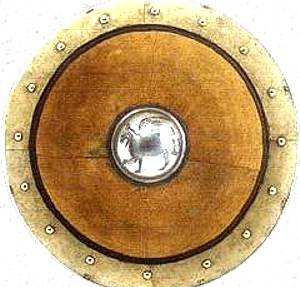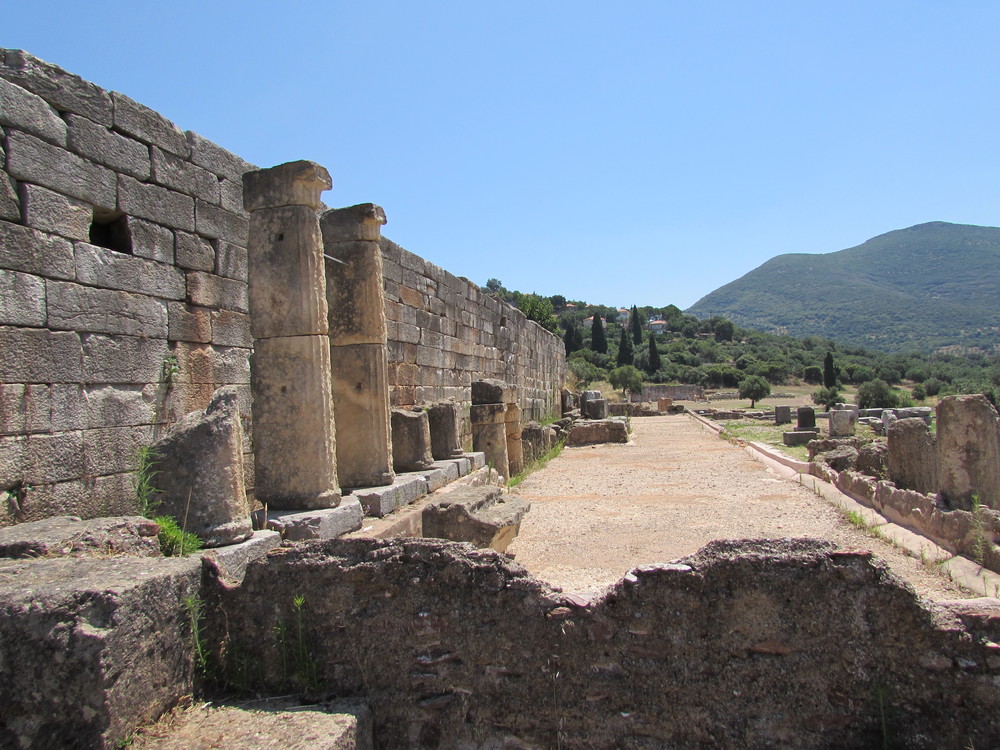

But he added that scientists would have to examine more nuclear DNA to establish a pattern and prove that the earliest European farmers were migrants. "This whole genome approach is much more powerful," said Colin Renfrew, an archaeologist at the McDonald Institute for Archaeological Research at Cambridge University in England. The mitochondrial DNA studies also identified stark differences between hunter-gatherers and farmers, and concluded that migration pushed farming north. "We think this individual is representative of the farming group that moved northward into Scandinavia," Jakobsson said. The apparent kinship with southern Europeans - and genetic differences from the hunter-gatherers - suggested to the researchers that the farmer's people had traveled from afar.

What they found was "a clear signal" that the hunter-gatherers shared more DNA variants with people alive today in Finland than the farmers did, and that the farmer shared more with modern inhabitants of Italy, Greece and other Mediterranean countries than did the hunter-gatherers. The scientists took care to confirm that their samples weren't contaminated by DNA from the people working on the study or other modern sources.Īfter the ancient genomes were assembled, they compared the sequences with those in public databases that document genetic variants in modern populations. They were able to read nearly 500 million of the As, Cs, Gs and Ts extracted from the ancient cells. Jakobsson and his colleagues examined a wider selection of so-called nuclear DNA, the kind inherited from both parents that contains instructions to build and control all aspects of an organism. The first wave of studies of ancient genes focused on mitochondrial DNA, the 13 genes that control the energy sources of cells and are passed directly from mother to child. To figure that out, Jakobsson said, "you really need to get into the genetics of those human remains." While artifacts like pottery and stone tools make clear that some ancient people were hunter-gatherers and some were farmers, scientists haven't been able to say with certainty whether the migration of people or the spread of ideas pushed farming practices north. It's a subject that has fascinated archaeologists for decades because the shift to farming fueled "the storing of goods and the beginning of money and all of that stuff," said population geneticist Joachim Burger of the Johannes Gutenberg University in Mainz, Germany, who wasn't involved in the new study. One such controversy is how agriculture, which emerged 11,000 years ago in the Middle East, spread through Europe over the course of several thousand years. The study joins a growing body of work, assembled over the last decade, that aims to settle lingering debates over early human history by examining ancient DNA. "But it's been difficult to determine if people migrated and brought farming with them, or if local hunter-gatherers changed their practices." "People have known for some time that agriculture spread from the Middle East to Eastern Europe and northward and westward," Jakobsson said.


The farmer, excavated from a large stone burial structure in the mainland parish of Gokhem, about 250 miles away, had DNA more like that of modern people in southern Europe. The hunter-gatherers, from the island of Gotland, bore a distinct genetic resemblance to people alive today in Europe's extreme north, said Jakobsson, who reported his findings in Friday's edition of the journal Science. The genetic profiles of three Neolithic hunter-gatherers and one farmer who lived in the same region of modern-day Sweden about 5,000 years ago were quite different - a fact that could help resolve a decades-old battle among archaeologists over the origins of European agriculture, said study leader Mattias Jakobsson, a population geneticist at Uppsala University in Sweden.


 0 kommentar(er)
0 kommentar(er)
